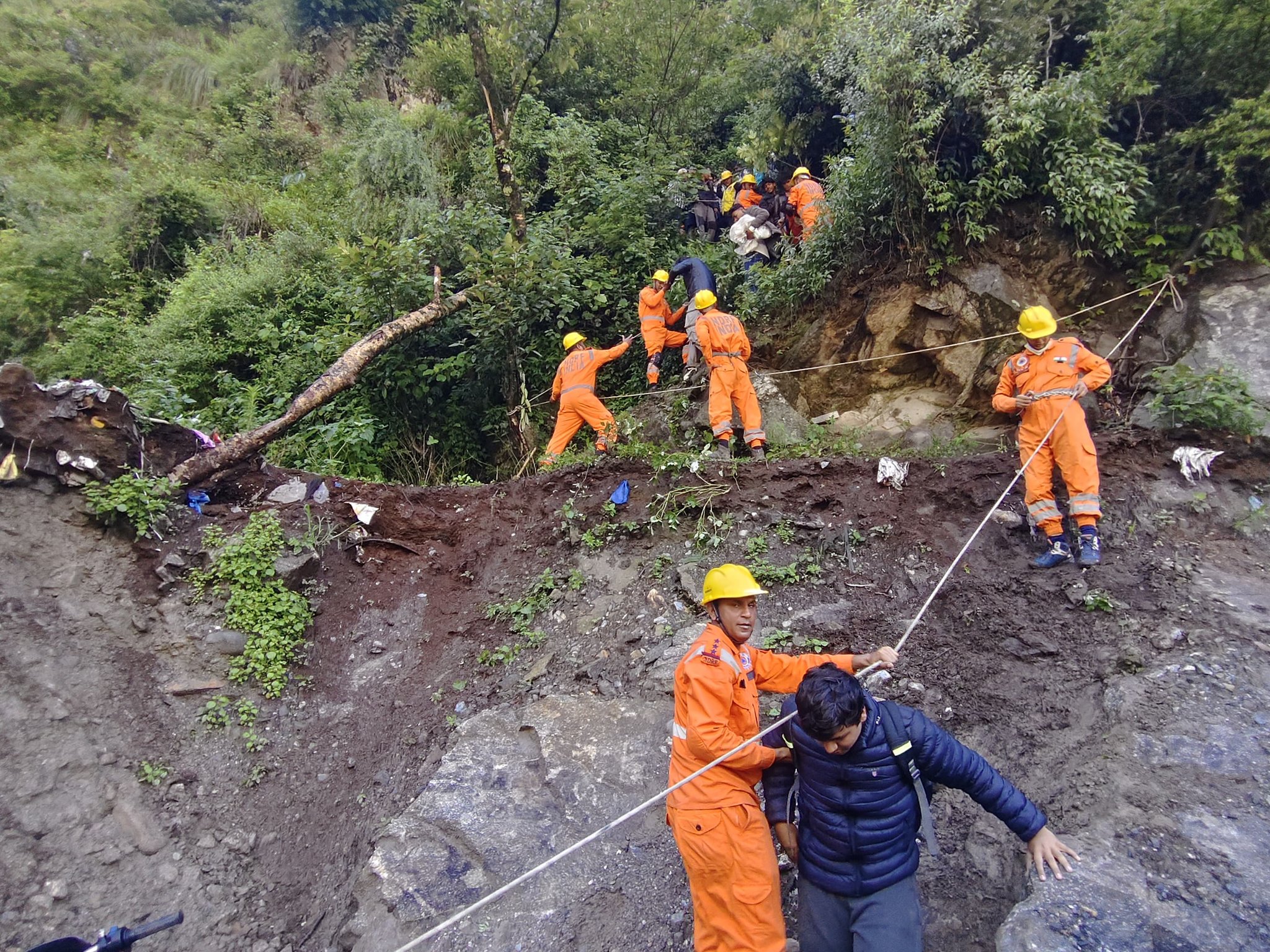What we’re watching: Weekly disaster update, June 30

We know all too well that disaster can strike anytime, anywhere in the world. Some disasters make headlines; others do not. Here at the Center for Disaster Philanthropy (CDP), we monitor the status of disasters worldwide and compile a list of the ones we’re tracking weekly, along with relevant disaster-related media coverage.
Here’s what we’re watching for the week of June 30, 2025.
New or Emerging Disasters
Tropical Storm Flossie – Mexico: Tropical Storm Flossie is the sixth named storm of Eastern Pacific hurricane season. It is forecast to reach Category 2 strength before dissipating over open water off the coast of Mexico.
Tropical Storm Barry – Mexico: Tropical Storm Barry formed in the Gulf of Mexico on June 29, but made landfall near Tampico on Mexico’s east coast as a tropical depression. It dissipated on June 30 but brought heavy rain to the area.
Tornadoes – South Dakota, Minnesota: Severe storms and tornadoes caused massive damage across Northeastern South Dakota from June 27-29. On June 29, at least four tornadoes touched down in Minnesota’s Twin Cities metro area, causing power outages for 50,000 customers, downed trees, flooding and storm damage.
Flooding – Multiple countries:
- China: The city of Rongjiang was flooded twice this week, once after torrential rains caused three rivers to overflow, killing six people. And then again on June 28, when a tropical depression made landfall. At least 80,900 residents were evacuated when the rivers reached a height not seen since 1954.
- India: Flash flooding triggered by a cloud burst has killed at least three people in Northern India on June 24. According to the Associated Press, “Deforestation to make way for infrastructure development and expansion of hydel power projects has often led to calls by critics for environmental accountability and disaster preparedness in such states.”
- Pakistan: A week of monsoon rains and flash floods killed 46 people in Pakistan and injured dozens of others. “We are expecting above-normal rains during the monsoon season and alerts have been issued to the concerned authorities to take precautionary measures,” said Irfan Virk, a Pakistan Meteorological Department deputy director.
Previous or Ongoing Disasters
Flooding – Brazil: Since June 16, heavy rains in Rio Grande do Sul have caused severe floods, killing four people and causing massive damage. The storms left 5,000 people homeless, and 1,500 people are in shelters. More than 132 municipalities reported landslides, the destruction of bridges and inundated roadways.
Rio Grande Do Sul was the site of some of the worst flooding in Brazil’s history in 2024, when 183 people died, more than 800 people were injured and over 422,000 people were displaced.
Hurricane Erick – Mexico: Hurricane Erick made landfall in Acapulco on June 19 as a Category 3 storm, bringing devastating winds, flooding and damage to an area still recovering from Hurricane Otis in 2023. The storm cut power to 277,000 customers. Two people died, and many structures were destroyed or damaged.
Complex Humanitarian Emergencies – Afghanistan
When a country experiences political conflict, climate shocks, famine, economic challenges or other conditions, it may suffer a complex humanitarian emergency (CHE). CDP maintains complete profiles on several CHEs. Every week, we highlight these and other CHEs hoping to build awareness and philanthropic response.
Afghanistan faces widespread hunger, malnutrition, water shortages and harsh restrictions on education for girls due to Taliban policies. Decades of conflict, poverty, climate change, and the exclusion of women and girls from public life have worsened the situation, leading to high maternal mortality rates, millions of children out of school and the risk of Kabul becoming the first capital city to run out of water.
Key facts:
- Due to funding constraints, 420 health facilities have been closed, affecting over 3 million Afghans.
- Nearly 300 nutritional locations have shut down, endangering 80,000 acutely malnourished children, expectant mothers and new mothers.
- This year, over 1 million Afghans have returned to Afghanistan, a country already under severe strain. About 7 million remain displaced abroad.
- The World Health Organization reports that all 34 hospitals in the country lack mental health facilities.
As of June, 77.8% of funding requirements for the 2025 Humanitarian Response Plan are unmet.
What We’re Reading
- Over a third of people on sinking Tuvalu seek Australia’s climate visas – Reuters
- Critical hurricane monitoring data is going offline – The New York Times
- Aid blocked as “unimaginable suffering” grips Sudan’s Nuba mountains – The New Humanitarian
A moment of hope… Recent research published in Nature found that artificial intelligence (AI) is emerging as a crucial tool in the climate transition, offering powerful capabilities to accelerate climate action across multiple domains such as energy, transportation, agriculture and environmental monitoring.
By scaling proven AI applications, experts estimate that AI could help mitigate 5–10% of global greenhouse gas emissions by 2030, while also enhancing adaptation and resilience to climate impacts. However, deploying AI in climate action introduces risks such as increased energy consumption, data privacy concerns and potential social inequities, so thoughtful governance and policy oversight are key.
